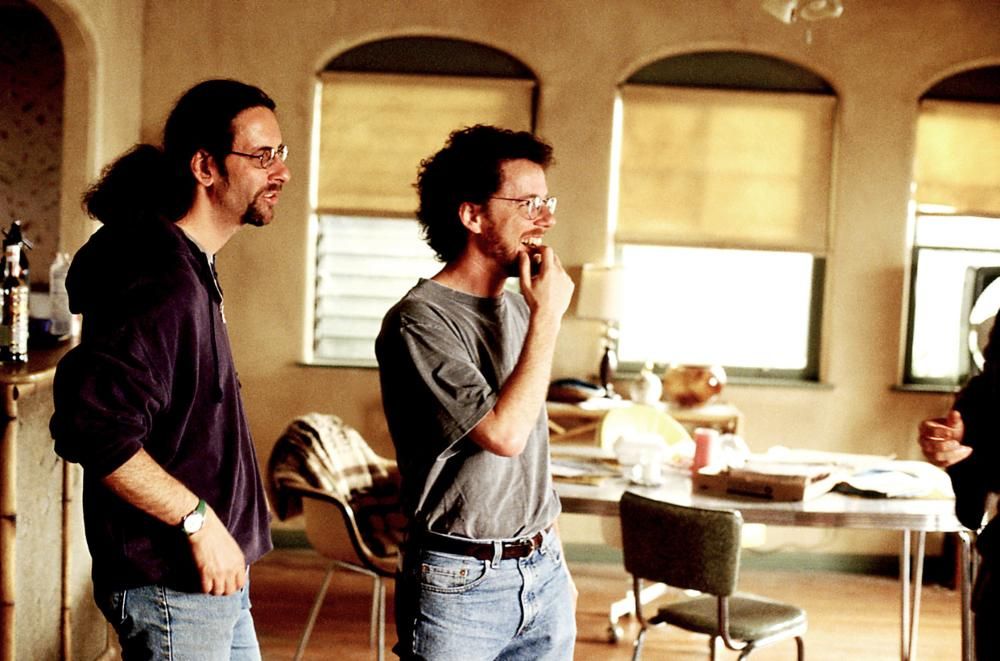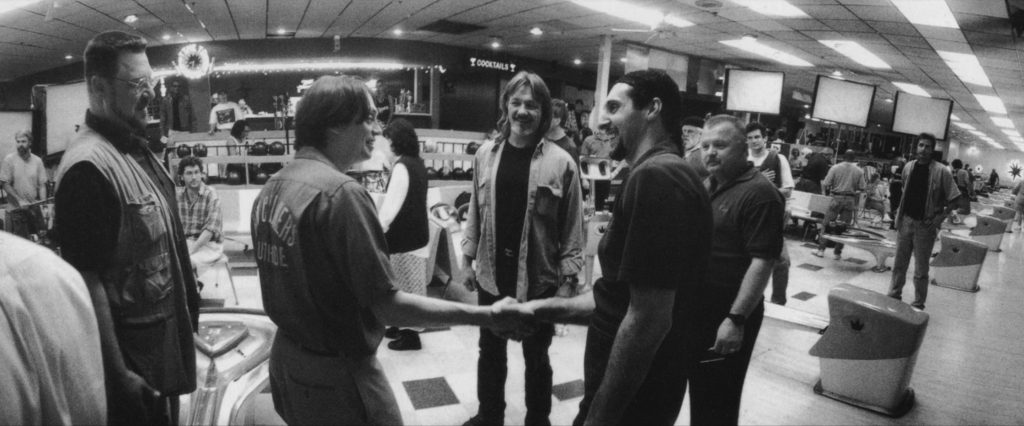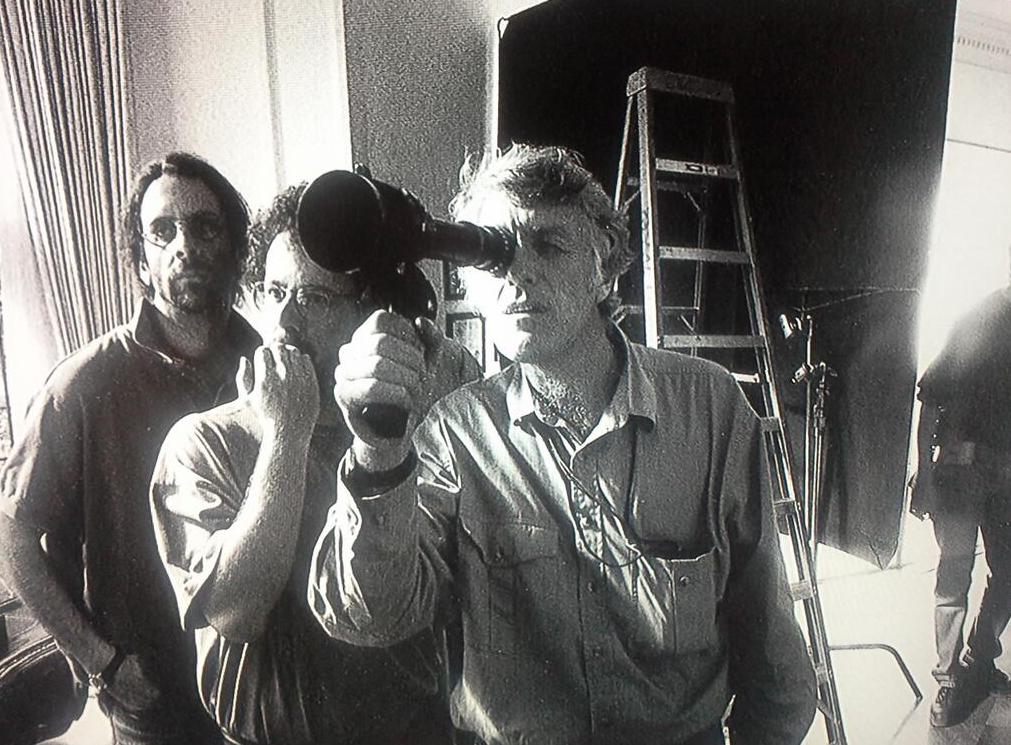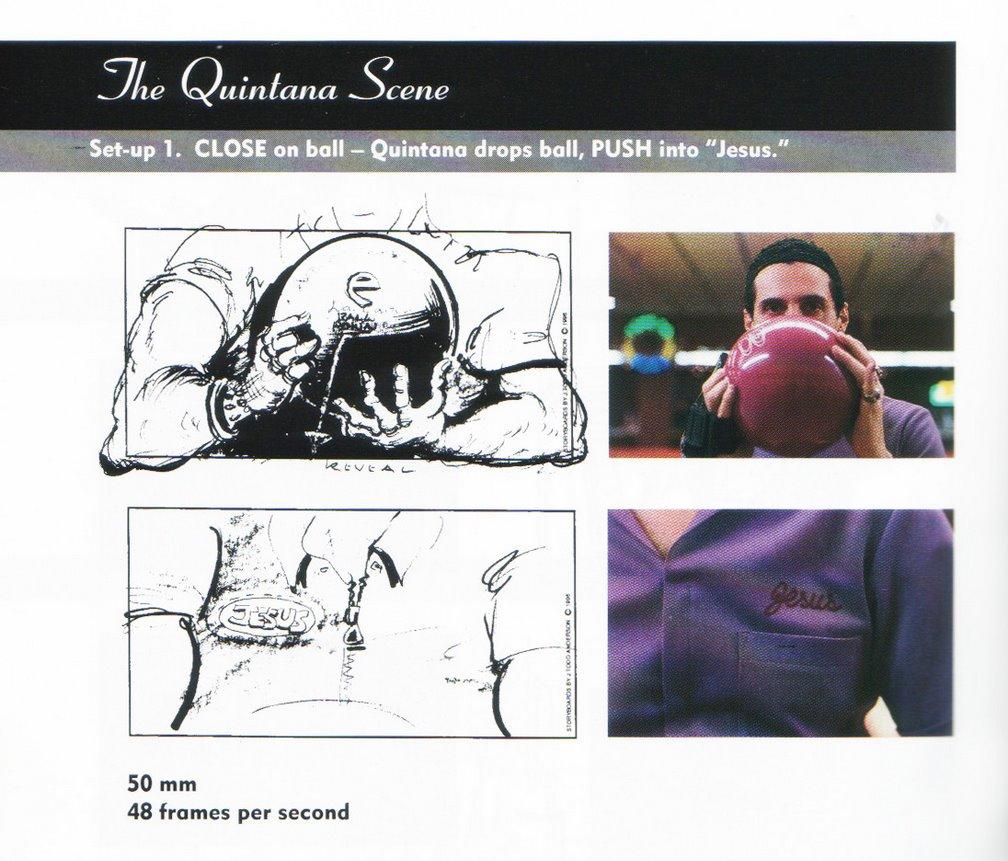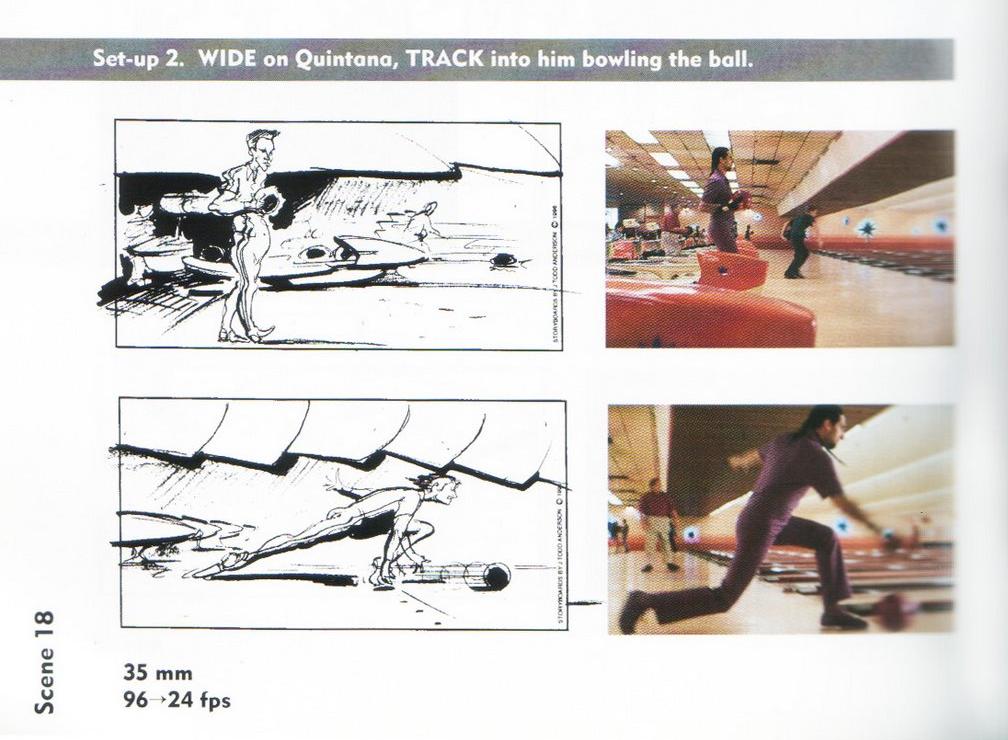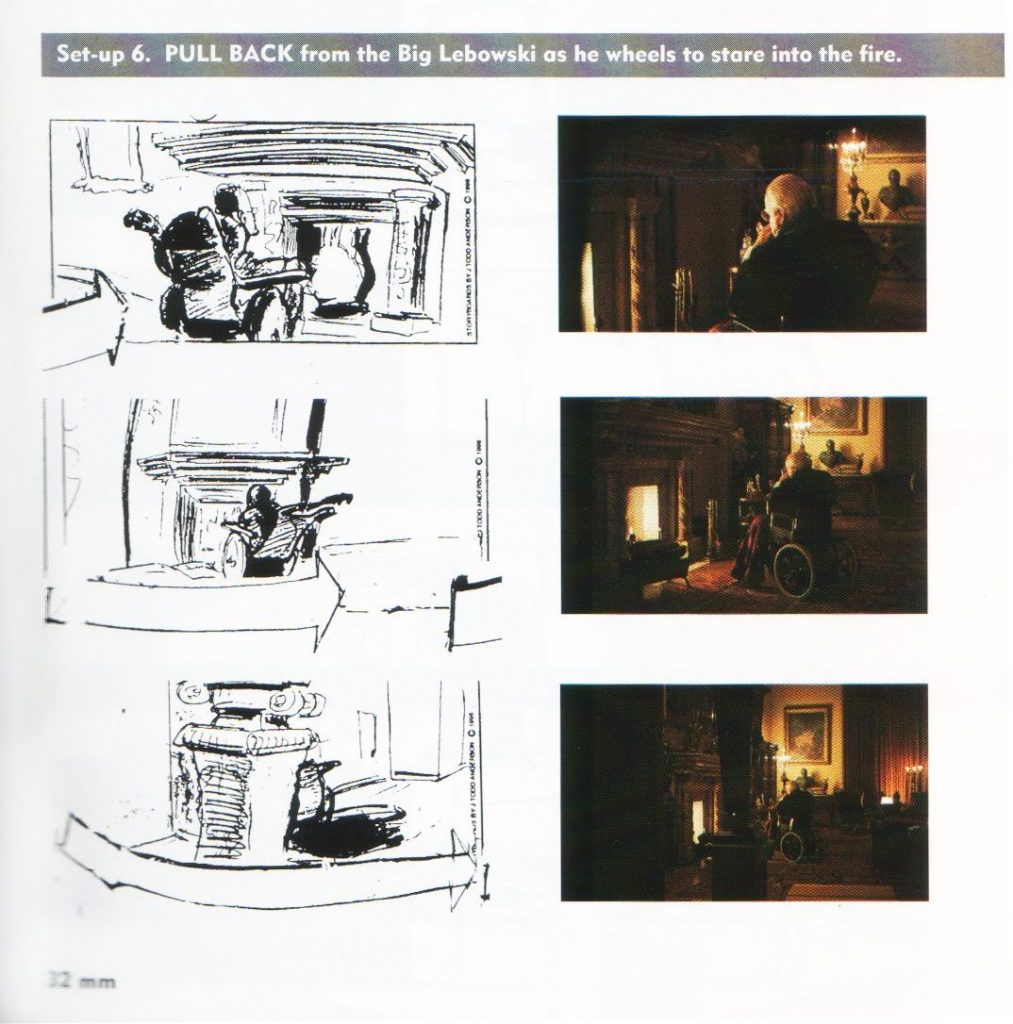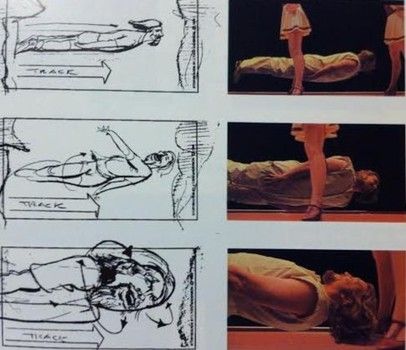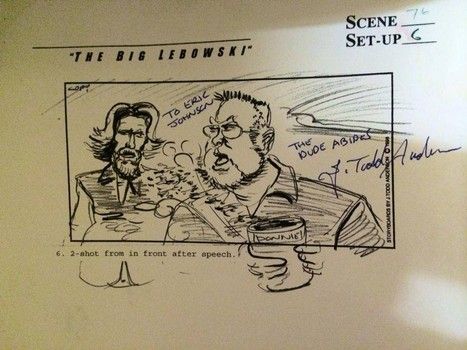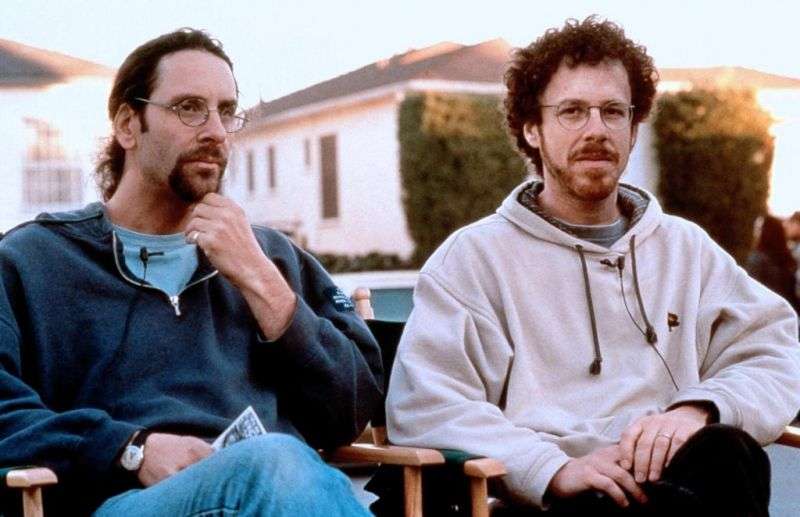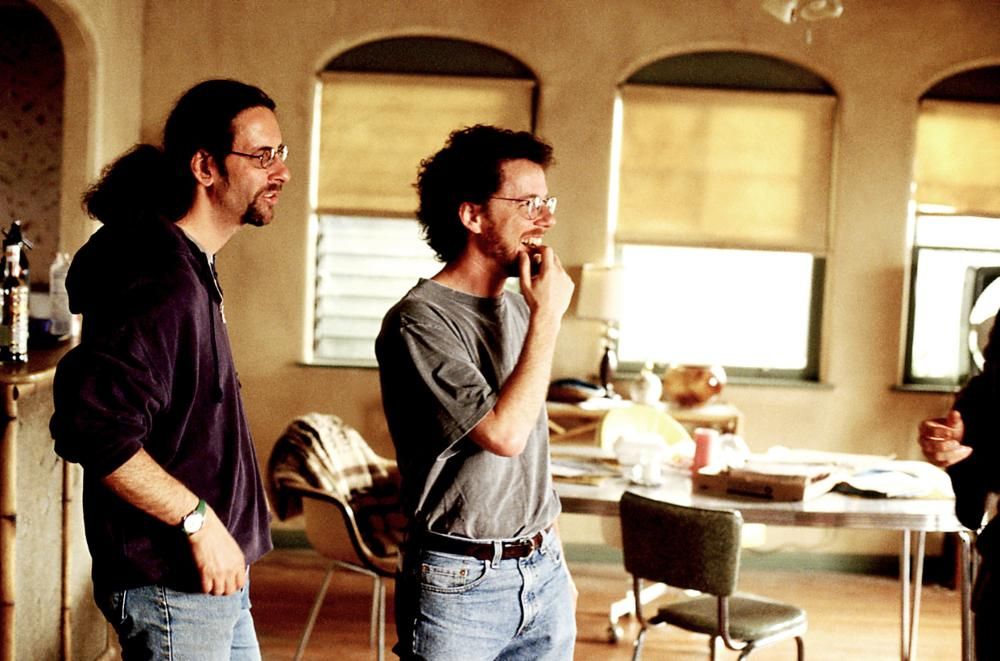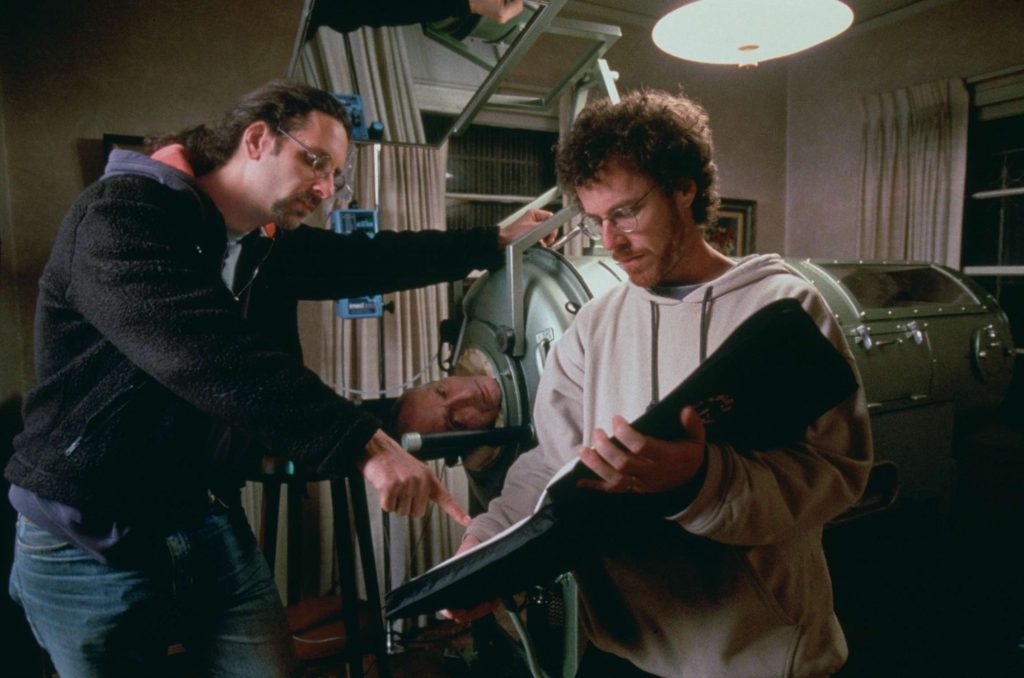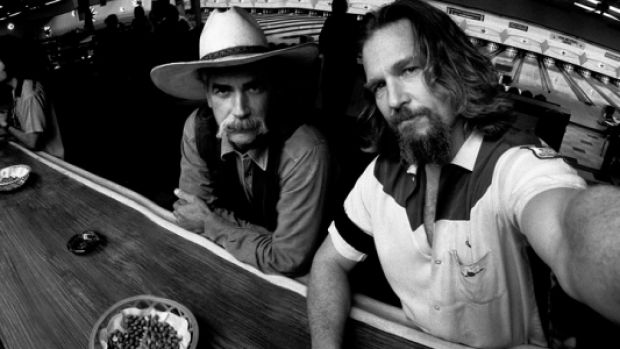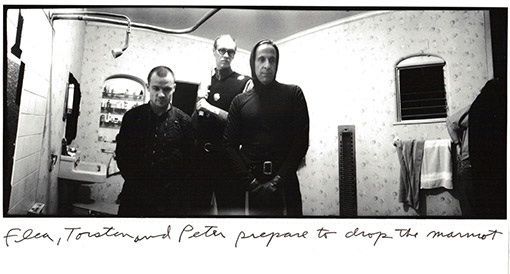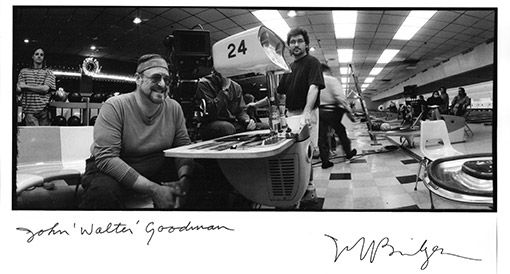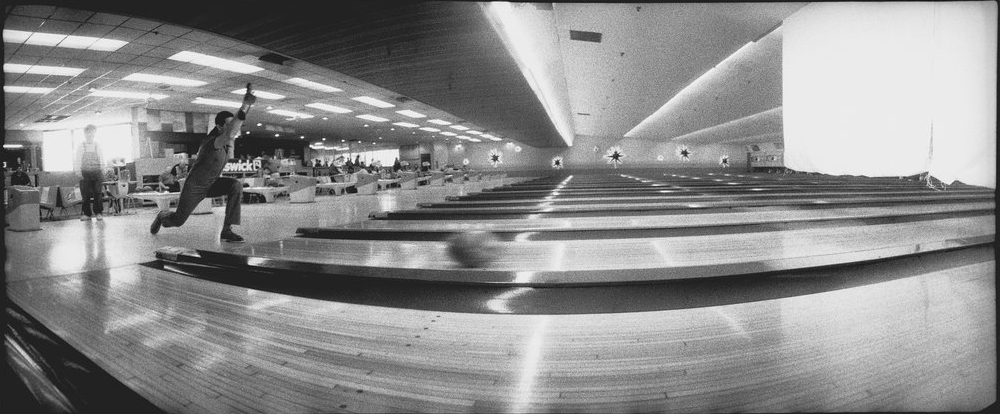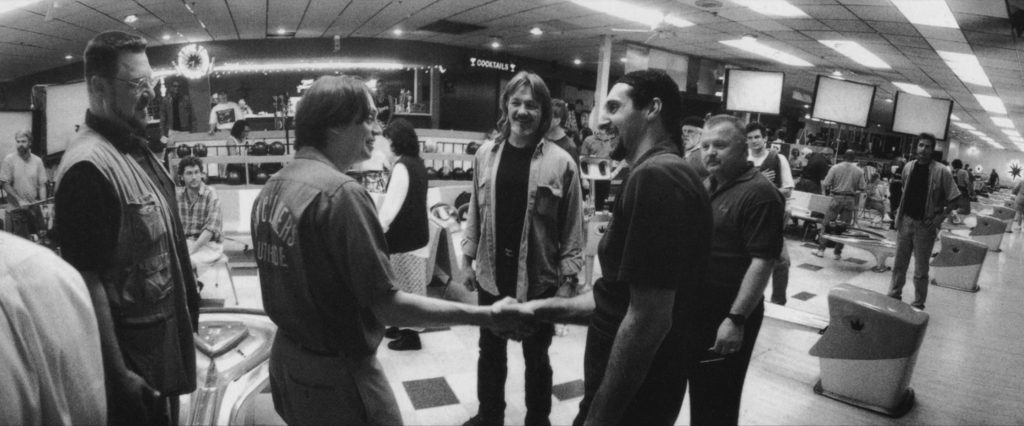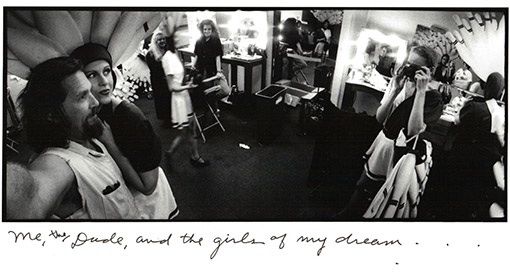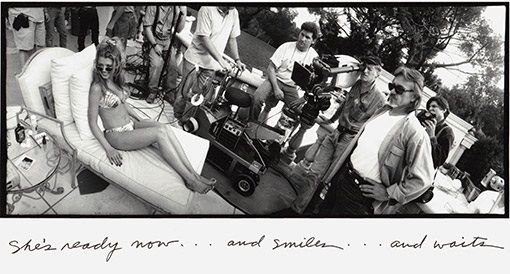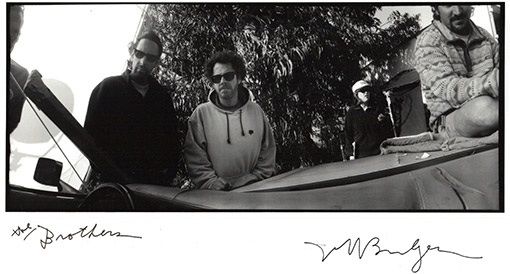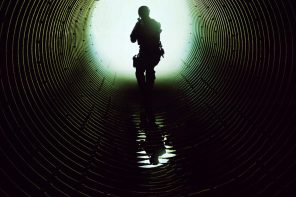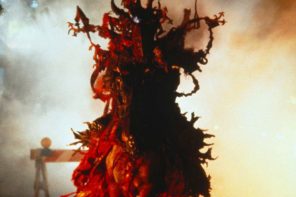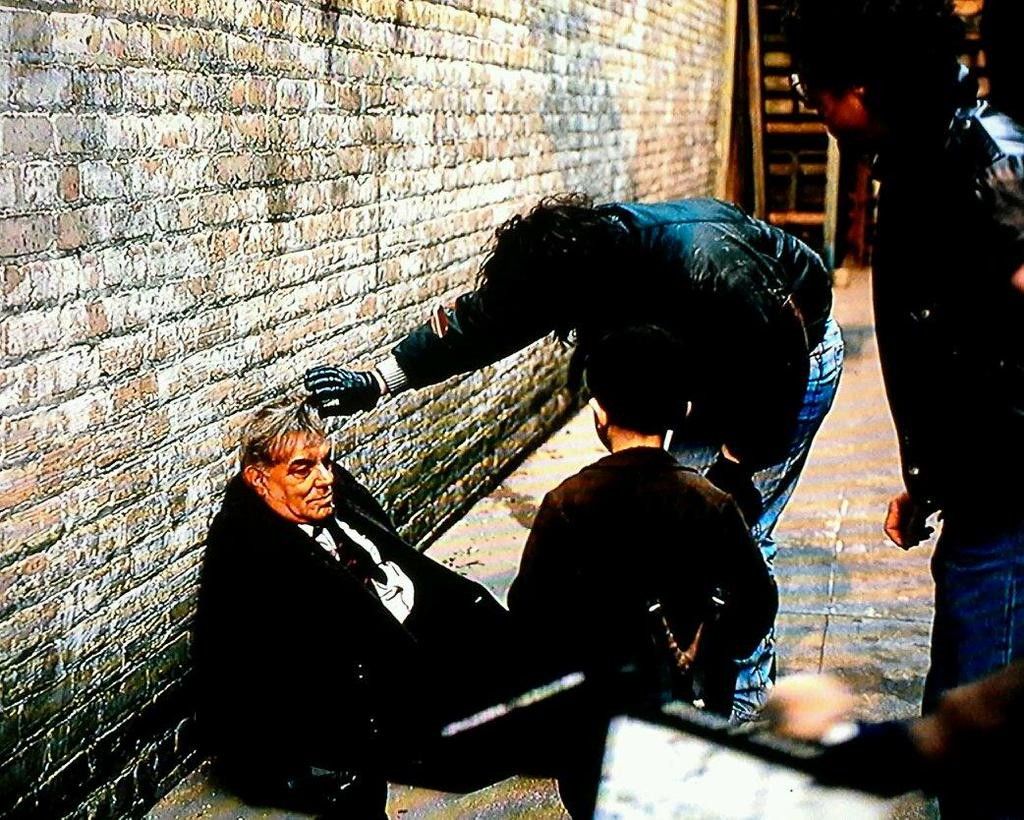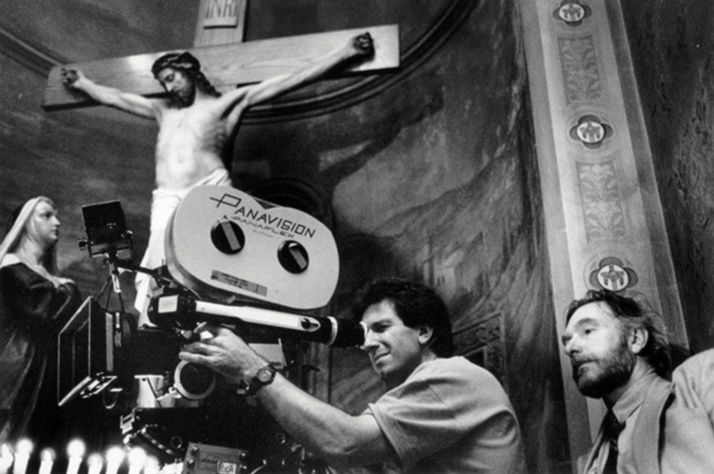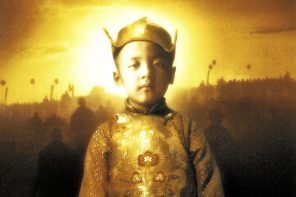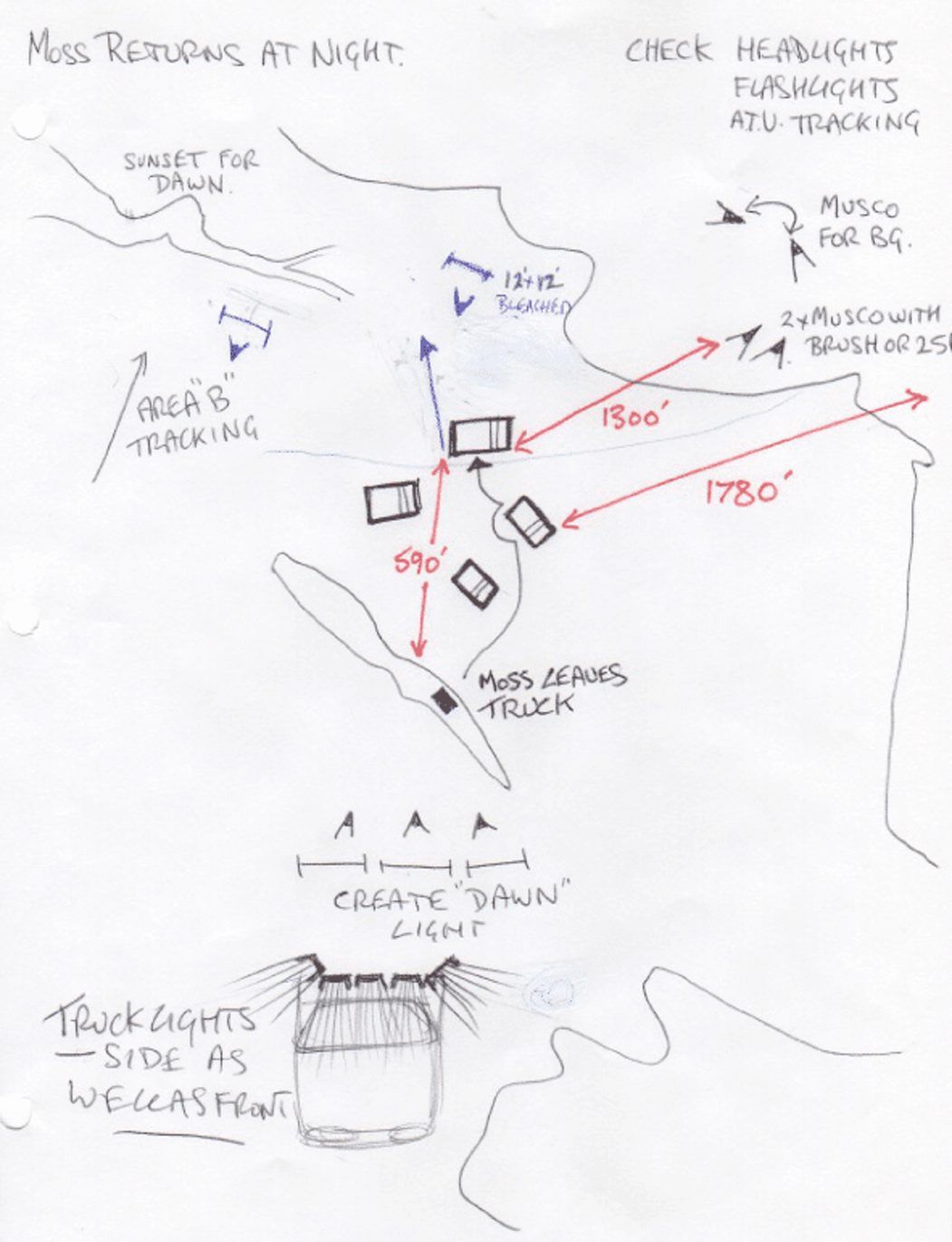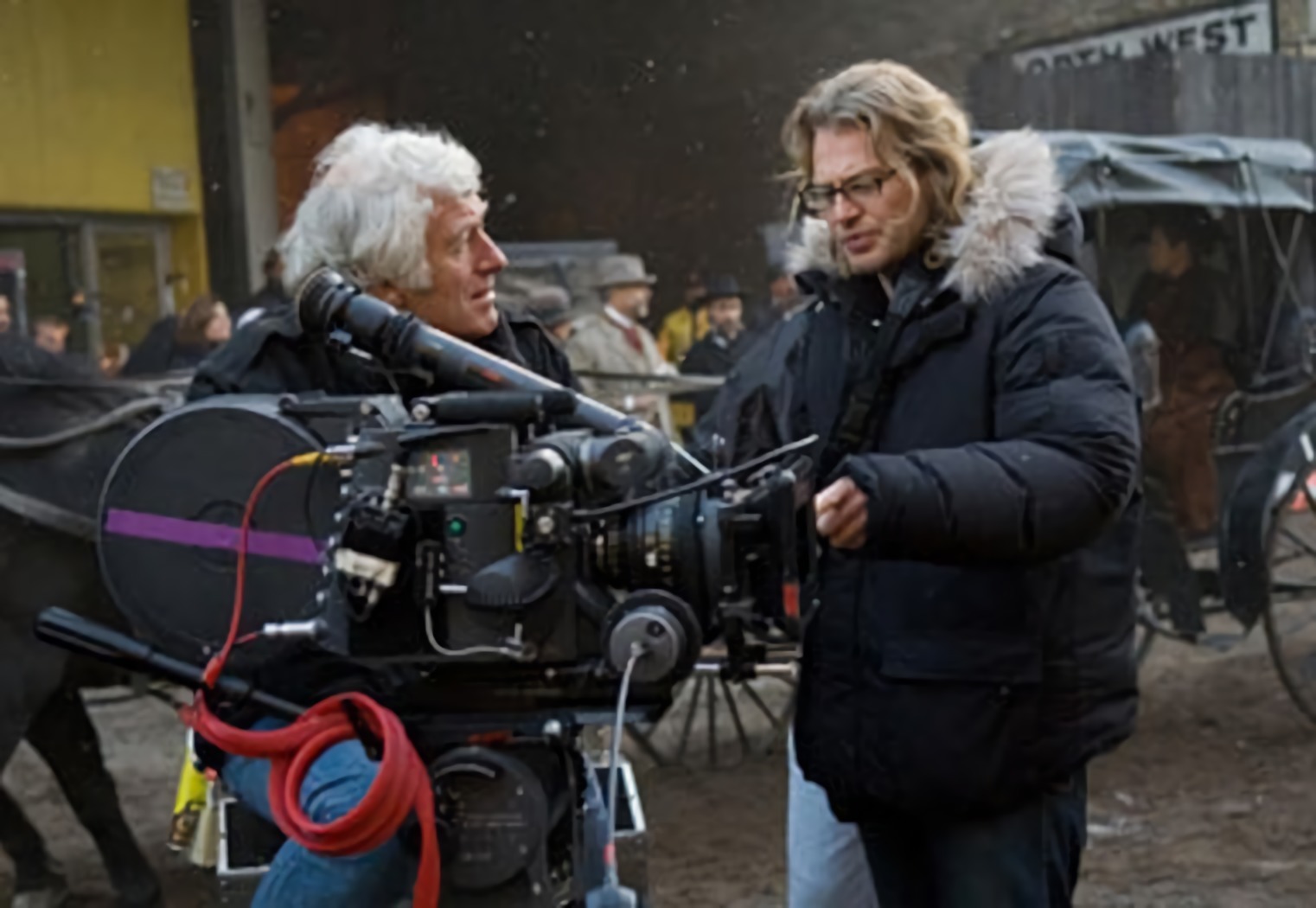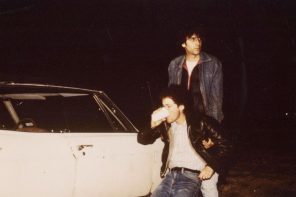It’s no secret that we are devoted fans of the Coen Brothers, and it’s really not that hard to understand why. A Coens film usually abides to its own set of rules, somehow functions within the limits of its own reality, and The Big Lebowski is no exception to the brothers’ style or modus operandi. Bizarre situations and chronologically misplaced, absorbing atmosphere give birth to utterly memorable, larger-than-life characters that easily continue to find their way onto best film character lists, while witty dialogues from the film are still quoted everywhere you turn. The Big Lebowski sparkles with dark humor, the writing often elevates itself from simply good to bloody hilarious, as the protagonist charmingly sucks us into his leisure-filled, pot-smoking, easy-going world of flip-flops and bowling. The Coens’ filmmaking magic bursts uncontrollably from every scene and the words of Empire’s film critic Ian Nathan—in a perfect world all films would be made by the Coens—ring indisputably true as Walter compares bowling to Vietnam or as the Dude stares at him through a thick layer of Donnie’s cremated remains. Both legendary DOP Roger Deakins and the Coens’ veteran composer Carter Burwell masterfully build something of a retro, nostalgic look and feeling of the late sixties and early seventies, splendidly accompanied by the tones of the one and only Creedence Clearwater Revival or The Gypsy Kings. After its release, the film divided the critics, but aging more than graciously, it cultivated a devoted audience. Besides, how many films can be given credit for giving birth to a religion with hundreds of thousands of followers? This, however, should come as no surprise. For a long time now, the Coen brothers have been something of filmmaking gods to us.
Dear every screenwriter/filmmaker, read Joel and Ethan Coen’s screenplay for The Big Lebowski [pdf]. (NOTE: For educational purposes only). The DVD/Blu-ray Limited Edition of the film is available at Amazon and other online retailers. Absolutely our highest recommendation.
The original The Big Lebowski DVD features a gem of an interview with the Coen Brothers in which they ruminate on the film and joke around about the backstory. In one of the funniest parts, they talk about an interview they did with “Floor Covering Weekly” about the rug which plays a central part in the film. Just like the rug itself, the interview seemed to have been at the center of an abiding mystery. Speculation has since abounded—what happened to the interview? Was it a hoax perpetrated by a zealous fan? Or did the Coens just make the whole thing up? They’ve certainly been keen to play with alternate realities in regards to the Lebowski mythos.
Our friend Alex Belth just released The Dudes Abide: The Coen Brothers and the Making of The Big Lebowski, over at Kindle Singles. In the autumn of 1996, Joel and Ethan Coen were a few months from filming their seventh feature film, The Big Lebowski. Their sixth, Fargo, was released that March to acclaim; awards would follow. Alex Belth, a 25-year-old aspiring filmmaker, landed a job as their personal assistant on Lebowski—and for the next year, was the fly on the wall as the Coens created the movie that would become an enduring movie classic. First as their personal assistant and then as an assistant film editor, Belth observed everything from the pre-production work of location scouting, casting, and rehearsals, all the way through filming and post-production.
Belth witnessed when Jeff Bridges and John Goodman met for the first time and rehearsed their iconic roles as The Dude and Walter; when a private screening was held for Alan Klein, the Rolling Stones’ notorious former business manager; and long editing sessions with the Coen brothers in the editing room, as they tied their movie together. The Dudes Abide is the first behind-the-scenes account of the making of a Coen Brothers movie, and offers an intimate, first-hand narrative of the making of The Big Lebowski—including never-before-revealed details about the making of the film, and insight into the inner workings of the Coen Brothers’ genius. The Dudes Abide is available now. You don’t need to own a Kindle to read it. So long as you have a device that is connected to the Internet, you can download the Kindle App—to your phone or computer—and then purchase the story.
“We were all laughing so much!” Roger Deakins said of this trippy Big Lebowski dream sequence, where Jeff Bridges and Julianne Moore cavort among dancers wearing bowling-pin headdresses. “We were trying to re-create a Busby Berkeley feel. It was a high-key, very lit sequence; I wanted it kind of bright and white.” Again, it helped that the Coen brothers had such an exacting vision of how they wanted the sequence to look. “I’ve never worked with anybody else who storyboards like they do,” said Deakins. “We storyboarded some sequences on Skyfall, and we’re doing some storyboards on the film I’m working on at the moment, but those are kind of a reference and not something that you necessarily stick to. On a Coen brothers movie, it’s much more of a template for what you actually shoot, especially this sequence in Lebowski. You could look at the images on file, and there’s not much variation.” —How Master Cinematographer Roger Deakins Got These Ten Shots
Below are some extracts of storyboarding from The Big Lebowski.
Masterclass movie storyboarding with Coen Brothers’ storyboarder J. Todd Anderson.
Jeff Bridges recalls a funny incident on the set of The Big Lebowski at the Academy event “Beau and Jeff: A Tale of Two Bridges” on August 4, 2014 at LACMA’s Bing Theater.
Masterclass with Joel and Ethan Coen.
Joel: Once we’ve cast and have started working on the set, though, we’re not too open to surprises anymore. We don’t like to let actors improvise, for instance. That isn’t to say that actors don’t sometimes rewrite lines or come up with their own lines, but that’s different from improvisation. The only time we do actual improvisation is during rehearsals, to bring certain things out, but that usually doesn’t affect the scene itself. What we’ll usually do is ask the actors to invent the parts of the scene that aren’t written, the five minutes that take place before and after the scene. We find that it helps them get into the scene better. Jeff Bridges and John Goodman liked to do that a lot on The Big Lebowski. And sometimes it was very funny. Actually, sometimes it was even better than what we wrote! —Master Class with Joel and Ethan Coen
On the set stills and Jeff Bridges’ photography from behind-the-scenes of The Big Lebowski (Universal Pictures). The DVD/Blu-ray Limited Edition of the film is available at Amazon and other online retailers. Absolutely our highest recommendation.


